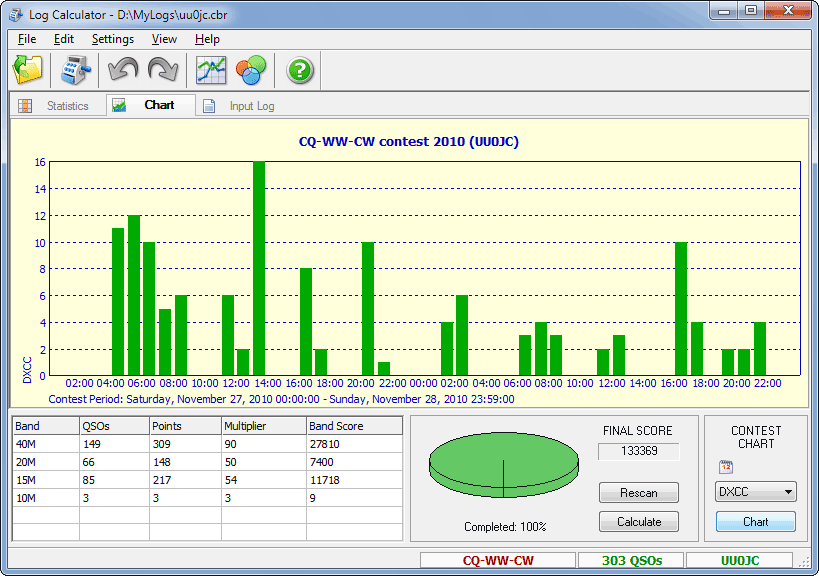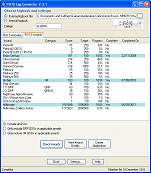

If you want country statistics, dupe checking, and the like, you should be using one of those programs. It is not my desire to compete with fully featured logging programs. I developed these scripts under Windows, but there is no reason why they shouldn’t work under Linux, Mac, or anything else that supports tsql and Python. Click here for more information on setting up LOTW.
#Excel to adif file converter software
You must also have ARRL’s TrustedQSL software installed to perform LOTW uploads. You must have Python 2.7 or later installed on your machine. Unzip them into a directory on your machine. The scripts can be downloaded from simple-log-tools-0.91. Recently, LOTW has been having significant delays (hours to days) in processing uploaded data, so please be patient. Upon successful signing, this tq8 file will be immediately uploaded to LOTW using their web service. tq8 file of the same name will be produced in the same directory. This will invoke tsql.exe (which must be on your path) to sign the adif file. I have also provided a second tool that will sign and upload ADIF files to ARRL’s Logbook of the World service. Dates are expected to be in the form of DD-Mon-YY: a two digit day, two digit year, and month abbreviated as 3 English characters.Īny competent programmer can edit the script to change the expected input formats or add his/her own. Time fields are expected to be HHMM and will be normalized such that low-order hours will have leading zeros. The MODE and CALL fields are converted to upper case. For all fields, leading and trailing spaces are stripped. Additional fields can be added without modifying the program.Ī few conversion are performed along the way. This allows the program to be somewhat adaptable and self-documenting. This header should contain the ADIF field names of the fields. The CSV file will need to have a header row. The input format is best demonstrated by example ( sample). Will convert the input file “mylog.csv” to “mylog.adif” and store it in the current working directory. So, I produced a simple tool (csv2adif.py) that will convert CSV files to ADIF files.
#Excel to adif file converter manual
While ADIF files are also plain-text, the format is arcane and inconvenient for manual entry. Converting CSV files to ADIFįortunately, all QSO matching services and logbook programs support a standard format called ADIF. This allows me to view these logs long after Excel is gone and easily repair corruption should it happen. This can be easily read without the program and will likely still be usable 50 years in the future. As an added bonus, it can be stored in a simple text file format (comma separated values or CSV). I can skip from field to field with tab and QSO to QSO using enter. I can easily drag ranges to fill in repeating information.

Microsoft Excel is just that – an editable grid. Honestly, it’s a pain to keep wiping out the current time, clearing out the seconds field (I don’t write them down in that level of detail), and repeating the mode, date, and power. Support a staggering number of fields spread across multiple tabs.įor various reasons, many of my QSOs come from paper logs.Have no convenient way of applying changes in bulk.Show the QSO in a dialog rather than an editable grid.



 0 kommentar(er)
0 kommentar(er)
